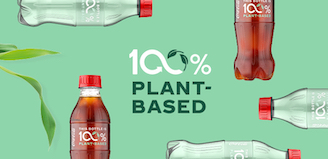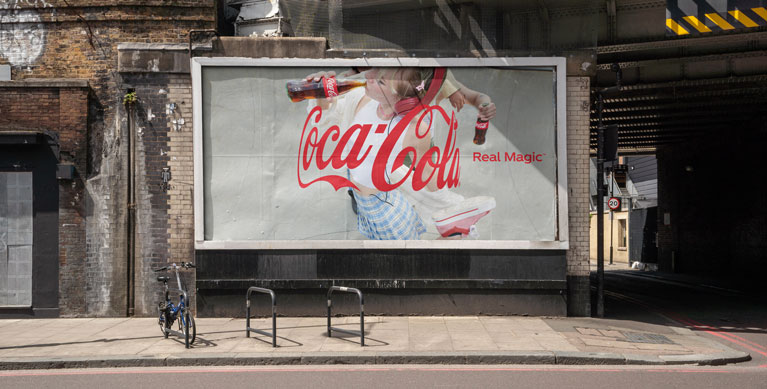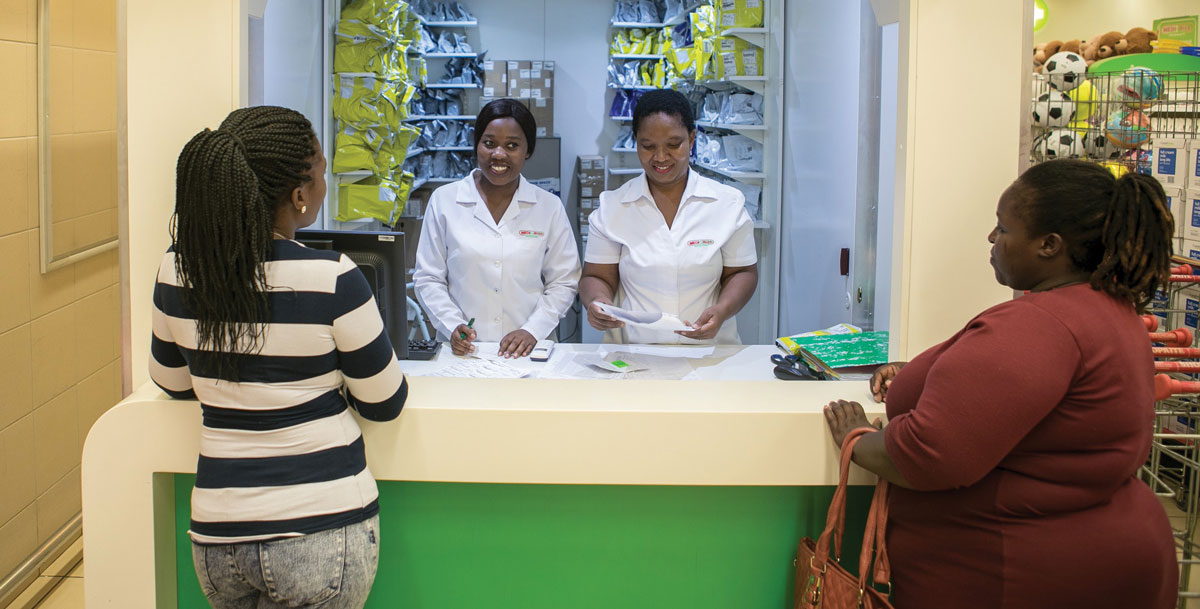
The Coca‑Cola Foundation Announces $1 Billion Giving Milestone
A History of Giving
10-09-2018
The Coca‑Cola Foundation has given back more than $1 billion to communities worldwide since its inception in 1984, Coca‑Cola CEO James Quincey said today at the Atlanta Police Foundation’s 15th Annual Crime is Toast breakfast.
During his remarks, Quincey also announced a $2 million grant to support the youth development programs of the Atlanta Police Foundation’s Vision Safe Atlanta campaign. Funds will support efforts to reduce juvenile crimes and help our youth succeed. The At-Promise Youth Center on the city’s Westside is one of those programs. It has helped more than 300 at-risk youth earn high school diplomas, pursue a college education and find meaningful careers.
In addition to serving its hometown of Atlanta, The Coca‑Cola Foundation has reached more than 655 million people worldwide over the last 30-plus years through its support of more than 2,400 organizations with a focus on protecting the environment, empowering women, education, and enhancing communities.
We spoke with Helen Smith Price, president of The Coca‑Cola Foundation, about this global giving milestone and what it means to the communities Coca‑Cola serves:
What is the mission and vision of The Coca‑Cola Foundation?
As the philanthropic arm of The Coca‑Cola Company, The Coca‑Cola Foundation is focused on giving back and making a difference in the communities where Coca‑Cola operates as a business, but also where the company’s employees live and work. When you look at the Coca‑Cola business model, it is not just a global company; it operates locally across more than 200 countries. Our model for the Foundation is similar. We operate a global fund that gives locally to communities around the world.
Our goal is to give back at least 1 percent of our operating income from the prior year. We give back to communities a portion of our earnings every year. The more our business earns, the more we are able to support our communities.
Our goal is to give back at least 1 percent of our operating income from the prior year.
How does the Foundation decide which organizations or programs to support?
There are so many needs across the globe, and we can’t support them all. We receive thousands of requests each year to support many worthwhile community programs. However, each proposal is evaluated on a one-on-one basis to determine its alignment with the needs of the local community and our funding priorities: protecting the environment, empowering women, and enhancing communities.
How have the priorities of the Foundation evolved?
When I began working with the Foundation, I went back and read the development plan for the establishment of the Foundation and the minutes of the Foundation’s 1984 Board of Directors meeting. I wanted to understand why the Foundation was established and the expectations behind it. It was established to ensure a long-term commitment to community. I found a quote from then Chairman and CEO Roberto Goizueta, who talked about the opportunity and the responsibility we would face in the future, and that there was a need to have a structured and efficient vehicle for giving. There was a logical and well-thought-out decision to create this Foundation. When new members join our Board, I open each orientation session with this quote to ground everyone in the original intent of the Foundation. And while that intention is still intact today, our community investment strategy is an evolving process. In 1984, we were primarily a U.S.-based foundation focused on education and youth development programs. Over the past three decades, we have grown into a global foundation.
About 15 years ago, we conducted a survey to gauge people’s awareness of what Coca‑Cola does in the community. We got as many answers as we did respondents. And they were across the board – from scholarships, to Little League baseball scoreboards, to product donations to local PTA organizations. The good news is that everyone had an answer. The concerning question was… were we making a difference?
In 2007, we assembled a team of 20 global Coca‑Cola leaders, along with a few philanthropic experts, for a discussion about how Coca‑Cola could be more impactful to communities in ways that made sense for The Coca‑Cola Company’s business. We agreed on: water stewardship, education, women’s empowerment, and the well-being of communities. These areas are important to us as a company, and where we have knowledge and expertise.
How does the Foundation measure the impact of its giving?
When organizations apply for funding from the Foundation, we ask many different questions as a part of how we assess their potential community impact. Our grantees share projections on the expected results and impact of their work, and they have to provide ongoing reports to track progress.
How do you work with Coca‑Cola teams around the world?
The global scope of the Coca‑Cola system is a great advantage for us. Our Foundation can tap into the expertise of our colleagues out in the field. When we award grants across the globe, we’re not simply making decisions here in Atlanta. We’re reaching out to our peers with certain expertise, or in certain geographies, who help us identify the best potential grantees. They understand their local communities and they’re managing local relationships. We use the Coca‑Cola system to make connections in the community in a way that allows the Foundation to be as globally engaged as the business.
Why is corporate philanthropy good business, and why is it now more important than ever for companies like Coca‑Cola to give back?
Coca‑Cola’s business is only as strong and sustainable as the communities it serves. And consumers today want to support companies that are philanthropic and make a difference. They prefer to do business with companies that are socially conscious. There is an expectation that the more a company earns, the more it gives back. And that leads into why, in 2007, the company made a public commitment to give back at least 1 percent of its operating income from the prior year.
We’ve reached a major milestone: $1 billion in grants. What will the next $1 billion look like?
Our philanthropic approach will always be in direct response to the challenges we see around the world. Today, we are focused on protecting the environment, empowering women and enhancing the communities where we live and work through education and youth development. Our goal today as well as in the future will be to improve the quality of life in the communities in which we operate.
Why are you personally passionate about the work of The Coca‑Cola Foundation?
For me, Coca‑Cola is such a great company from a business perspective. And the icing on the cake is that it is intentional about making a difference in the communities where it operates. It’s real… there is no gimmick. Making a difference in communities is truly woven into the fabric of the Coca‑Cola culture.


